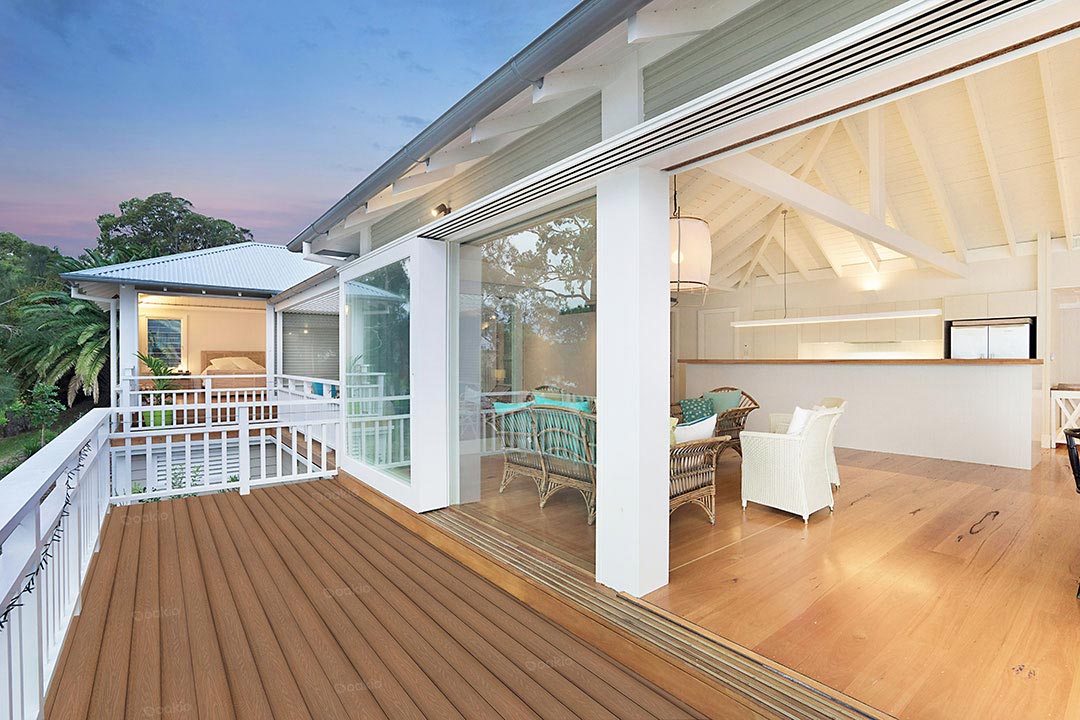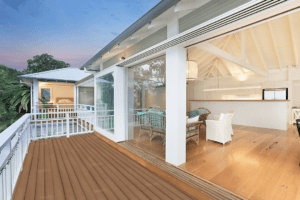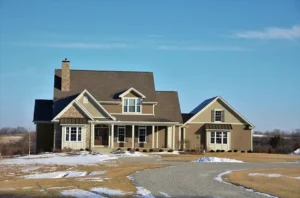Fire-resistant decking for Tunnels
The importance of fire-resistant decking is on the rise, particularly in enclosed spaces like tunnels where the potential risk of fire is amplified. Tunnels pose unique challenges when it comes to fire safety. The factors not only endanger the lives of those within the tunnel but also impede emergency response efforts. Choosing the right fire-resistant decking material is paramount.
In conclusion, fire-resistant decking is a pivotal element in tunnel safety. By adhering to material standards and safety practices, tunnels can significantly reduce the risks associated with fires, ensuring the safety of all who use these essential passages. This article aims to emphasize the critical role that fire-resistant decking plays in enhancing safety and functionality within tunnel environments.
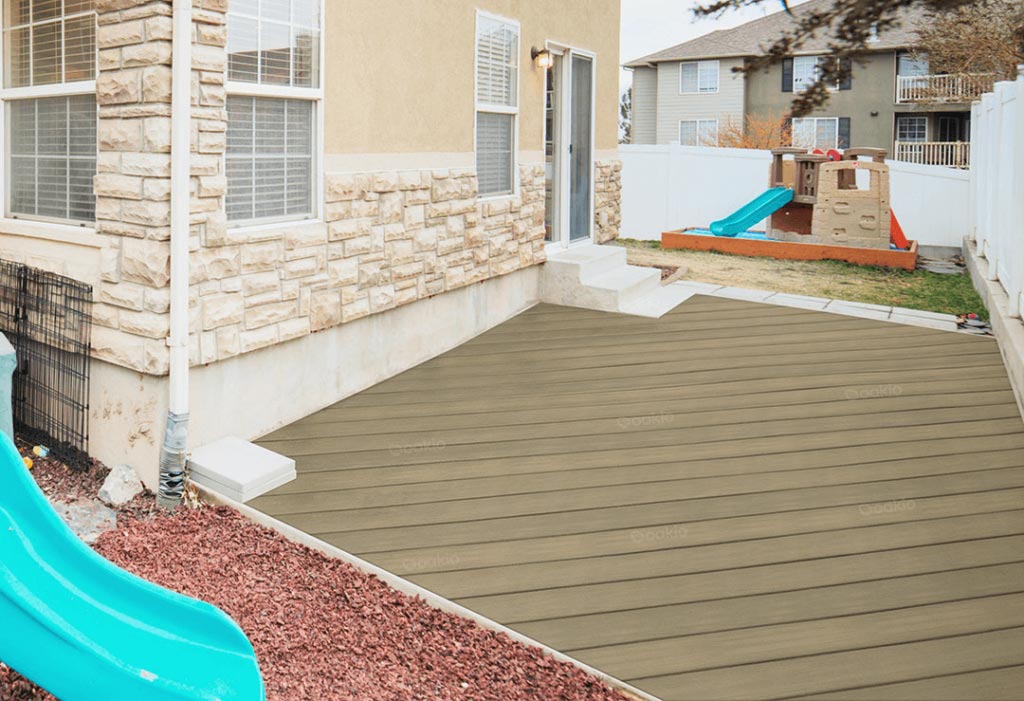
Is Composite Decking Fire Resistant?
Composite decking is a popular choice due to its aesthetic appeal and low maintenance requirements. But when it comes to fire resistance, not all composite decking is created equal. It’s important to check the fire ratings of composite decking materials to ensure they meet safety standards. High-quality, fire-resistant composite decking can provide a safer option for areas prone to fire risks.
The best fire-resistant decking materials combine safety, durability, and aesthetic appeal. Non-combustible materials like certain metal composites or specially treated wood products can offer excellent fire resistance. Additionally, advancements in material science have led to the development of fire-resistant coatings that can be applied to various decking materials, further enhancing their safety profile.
The Significance of Fire-Resistant Decking in Tunnels
Tunnels, as enclosed spaces, present a unique set of challenges when it comes to fire safety. The confined nature of tunnels can amplify the dangers of fire, including the rapid spread of flames, the generation of intense heat, the release of dense smoke, and the production of toxic gases. These conditions not only extend the duration of a fire but also pose significant threats to the safety of individuals within the tunnel.
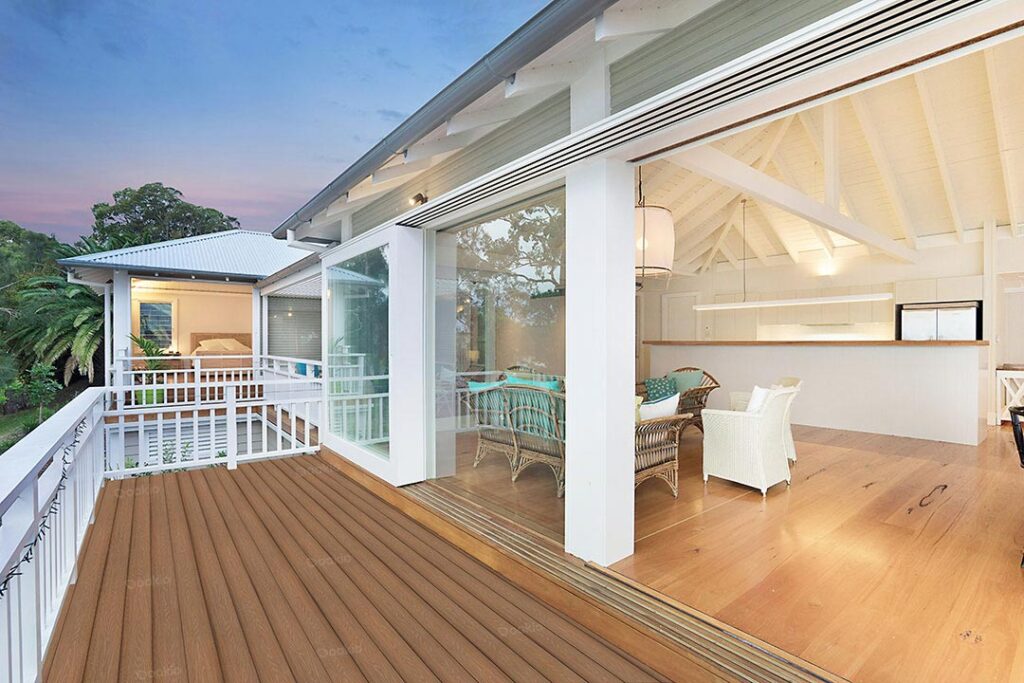
Traditionally, tunnels were devoid of fire-resistant decking, leaving exposed surfaces such as cement boards and bare walls. This not only presented an aesthetic issue, creating a sense of disorder and discomfort, but also raised safety concerns. Rapid transitions from well-lit to dark environments or vice versa could lead to accidents. Moreover, tunnel environments with issues like water seepage in the walls could become humid, promoting mold growth and additional safety hazards.
To address these challenges and enhance safety, the incorporation of fire-resistant decking boards in tunnels has become paramount. These specialized decking solutions not only provide essential fire protection but also contribute to a more visually appealing and safer tunnel environment. Fire-resistant decking helps mitigate fire risks, improve aesthetics, and create a secure and comfortable space within tunnels, ultimately safeguarding the well-being of those who traverse these vital passages.
Choosing the Right Fire-Resistant Decking for Tunnels
Selecting the appropriate fire-resistant decking for tunnel applications is a critical decision that hinges on a multitude of factors, all aimed at ensuring safety, durability, and functionality in this specialized environment.
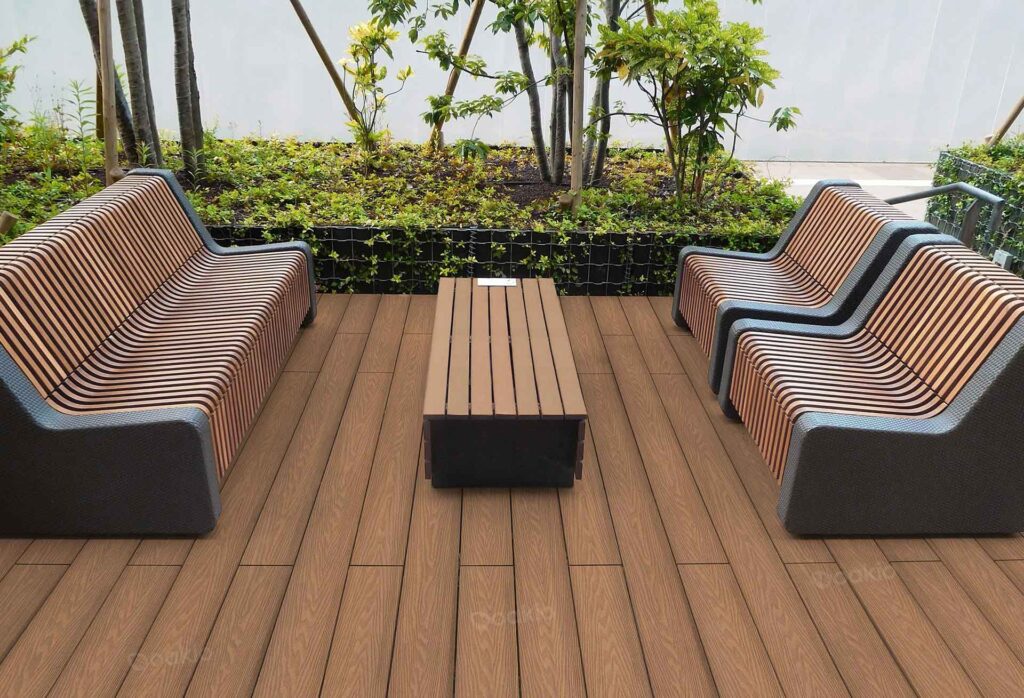
One of the primary considerations is the Fire Rating of the Board. Tunnel environments demand different levels of fire resistance, leading to the categorization of decking boards into Class I, II, III, and IV. These classes are associated with specific fire resistance durations, typically ranging from 2 to 3.83 hours. The choice of board rating depends on the tunnel’s intended use and the expected fire safety requirements.
Material Selection plays a pivotal role in determining the effectiveness of fire-resistant decking. Common materials include non-asbestos calcium silicate boards, reinforced fiber cement boards, and, occasionally, steel metal composites. The choice of material should align with the tunnel’s specific needs, considering factors like fire resistance, budget constraints, and desired durability.
Additionally, evaluating the Density of the Board is crucial. Fire-resistant decking boards are generally designed with a density lower than 1.6g/cm³. This lower density not only aids in the ease of maintenance but also contributes to the board’s long-term durability and performance. It ensures that the decking can withstand the rigors of a tunnel environment, including temperature fluctuations and potential impacts.
In summary, choosing the right fire-resistant decking for tunnels is a multifaceted decision-making process. It involves considering the fire rating, material selection, and board density to meet the safety, functional, and maintenance requirements of the specific tunnel environment. Careful evaluation and selection of these factors contribute to the creation of a secure and reliable tunnel space.
Conclusion
In conclusion, fire-resistant decking, especially in tunnel environments, plays a crucial role in ensuring safety and enhancing the visual appeal of these spaces. When choosing the right fire-resistant decking, it’s crucial to consider the material, fire rating, and density to ensure that it meets the required safety standards and aesthetic preferences. With advancements in materials and technologies, there are now more options than ever to ensure that decking not only looks good but also offers essential fire protection.
One remarkable choice for fire-resistant composite decking suitable for tunnel environments is Oakio fire-resistant composite decking which is engineered to adhere to the highest safety standards, making it an ideal selection for environments where safety is paramount.

Oakio fire-resistant decking is designed to withstand the challenges of tunnel settings. It has a robust fire rating and excellent density, ensuring it can withstand high temperatures and provide reliable fire protection. This makes it a safe and secure choice for tunnels, where fire incidents can have severe consequences.
Furthermore, Oakio composite decking is not only about safety but also aesthetics. It enhances the visual appeal of tunnels, contributing to a more pleasant environment. Its high-quality finish and various design options allow for customization that can complement the overall aesthetic preferences of the tunnel space.
In conclusion, fire-resistant composite decking, particularly Oakio‘s offering, is a crucial component for tunnel safety and aesthetics. It combines safety, durability, and visual appeal to create a secure and visually pleasing environment in tunnel settings. When choosing fire-resistant decking, Oakio stands out as a reliable choice for meeting both safety and aesthetic requirements.
Trending Reading
What Are the Differences Between the WPC Board and PVC Board?
[2024 Update] How Long Does WPC Decking Last?
